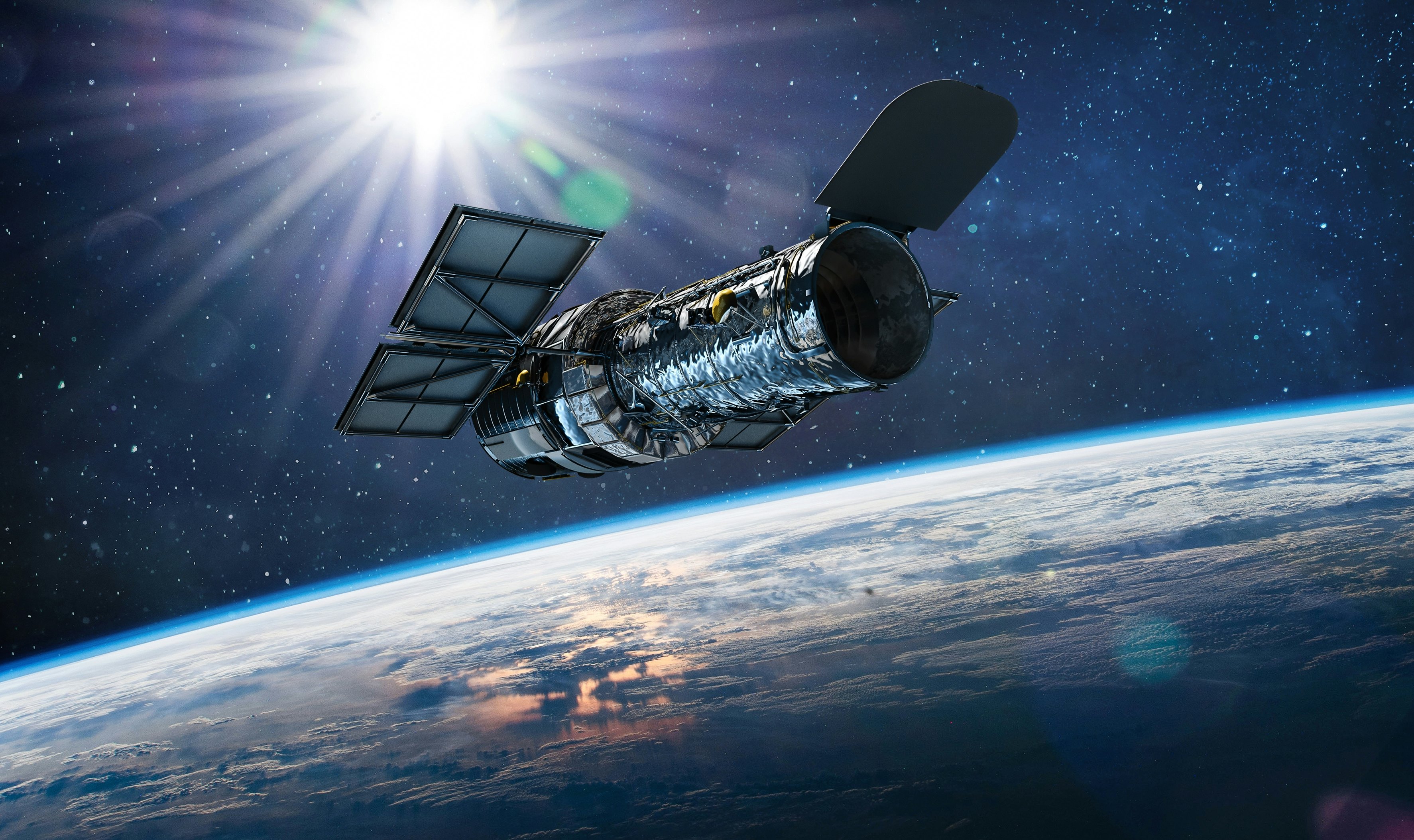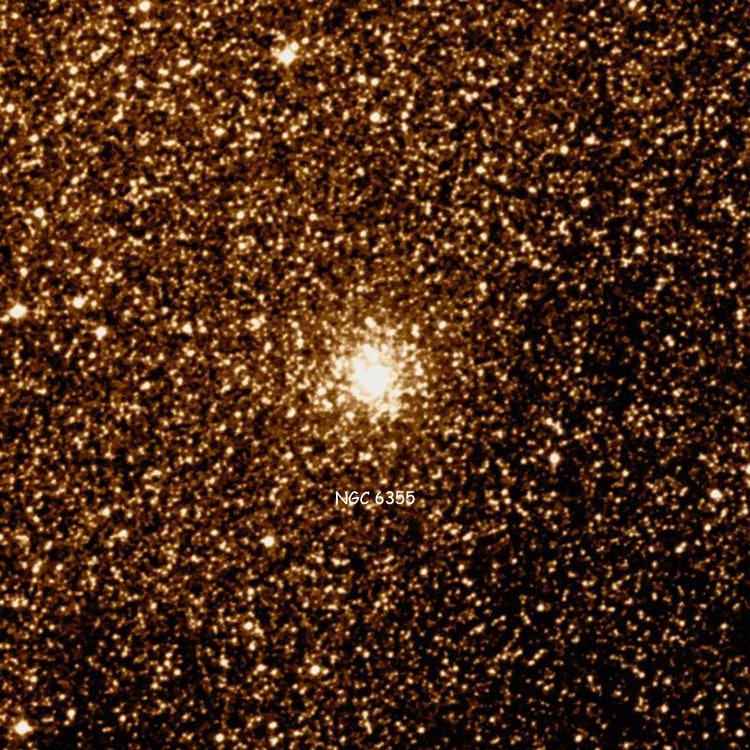
These New Year’s Day fireworks, courtesy of the Hubble Space Telescope, are a little late ‚ but in their defense, they had to travel 50,000 light years to get here.
Globular cluster NGC 6355 contains millions of stars, bound together by their mutual gravity. The universe loves a good sphere, and densely-packed star clusters like NGC 6355 are no exception. Whether you’re talking about a small planet or a gigantic star cluster, gravity causes all the mass in an object to fall toward the center; when all the mass is trying to get as close to the middle as possible, it ends up in the most compact shape possible, with every point on its surface at an equal distance from the center: a sphere. And in this case, the result is a blazing ball of light, recently imaged in dazzling detail by Hubble.
This stunning globular cluster is 50,000 light years away in the inner reaches of our galaxy.

Astronomer William Herschel, who discovered NGC 6533 in the late 1700s, probably couldn’t have imagined this detailed view of such a distant object. Even with the most powerful ground-based telescopes, it’s nearly impossible to get such high-resolution images of star clusters, thanks to the way Earth’s atmosphere blurs incoming light. Compare the latest Hubble image to this one from the telescopes of the Digitized Sky Survey.

But from its vantage point 332 miles above Earth’s surface, all that atmospheric distortion is beneath Hubble’s notice — literally.
Herschel lent his name to another space telescope, the Herschel Space Observatory, which studied the universe in the long wavelengths of far-infrared light until 2013. NASA and the European Space Agency picked the name because, besides spotting NGC 6355 for the first time, Herschel also discovered infrared light. He’s also known as the brother of astronomer Caroline Herschel, who discovered eight comets in her day, and the father of astronomer (and inventor of blueprints) John Herschel. He was also the first person ever to see Uranus.







